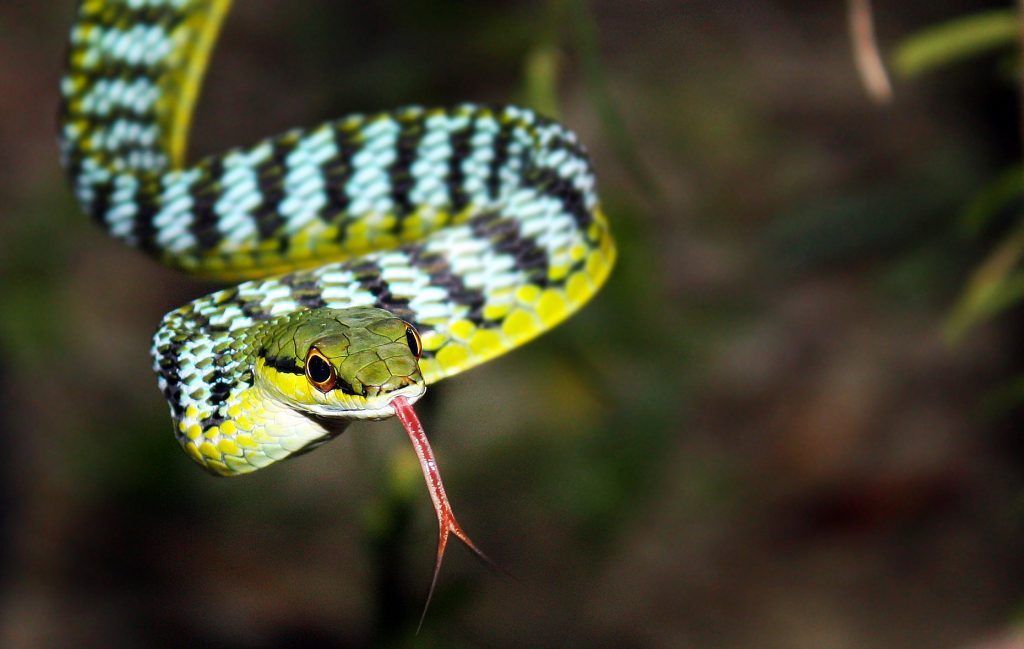
Herpetofauna
Principal Investigator:
Dr. Kartik Shanker (Centre for Ecological Sciences)
Co-Investigators:
Dr. Abhijit Das (Wildlife Institute of India)
Dr. M. Firoz Ahmed (Aaranyak)
Dr. Maria Thaker (Centre for Ecological Sciences)
Dr. Pratyush P.Mohapatra (Zoological Survey of India)
Dr. S. P. Vijayakumar (Centre for Ecological Sciences)
Dr. Shomen Mukherjee (Azim Premji University)
Dr. Sushil Kumar Dutta (Retired professor)
Dr. Varad Giri (Bombay Natural History Society)
Amphibians and reptiles, collectively called herpetofauna, are dependent on external temperature regulation for maintaining physiological functions. This makes them particularly sensitive to changes in the environment. Amphibians can serve as early warning systems for environmental changes caused by global and local drivers such as climate change and pollution. Climate change, pollution, and infectious disease have decimated amphibian populations in many parts of the world as also reptiles. India has more than a thousand species of herpetofauna, most of which are endemic to small regions, with many discovered in the last couple of decades. We know little about the biology and population status of a majority of these species.
One of the predicted impacts of global climate change is an alteration of the geographical ranges of species. For example, dry adapted herpetofaunal species of northwest India or central India could show changes in distribution and abundance in response to changes in rainfall patterns. Montane herpetofauna is particularly vulnerable to changes in temperature, especially the cold-adapted montane endemics that may find themselves unable to shift to more favorable habitats. Therefore, one of the objectives of this project is to study the response of herpetofauna to changes in precipitation and temperature associated with global climate change.
Population dynamics and breeding phenology of most species of herpetofauna are related to environmental factors. Identifying species whose population dynamics are most affected by climatic factors will help us recognize species most vulnerable to global climate change. Since amphibians and reptiles are ectothermic organisms, understanding thermal biology is also of paramount importance in predicting their response to changing climate and formulating mitigation strategies. In order to address these issues, the project will study the population biology, phenology, and thermal biology of select species.
